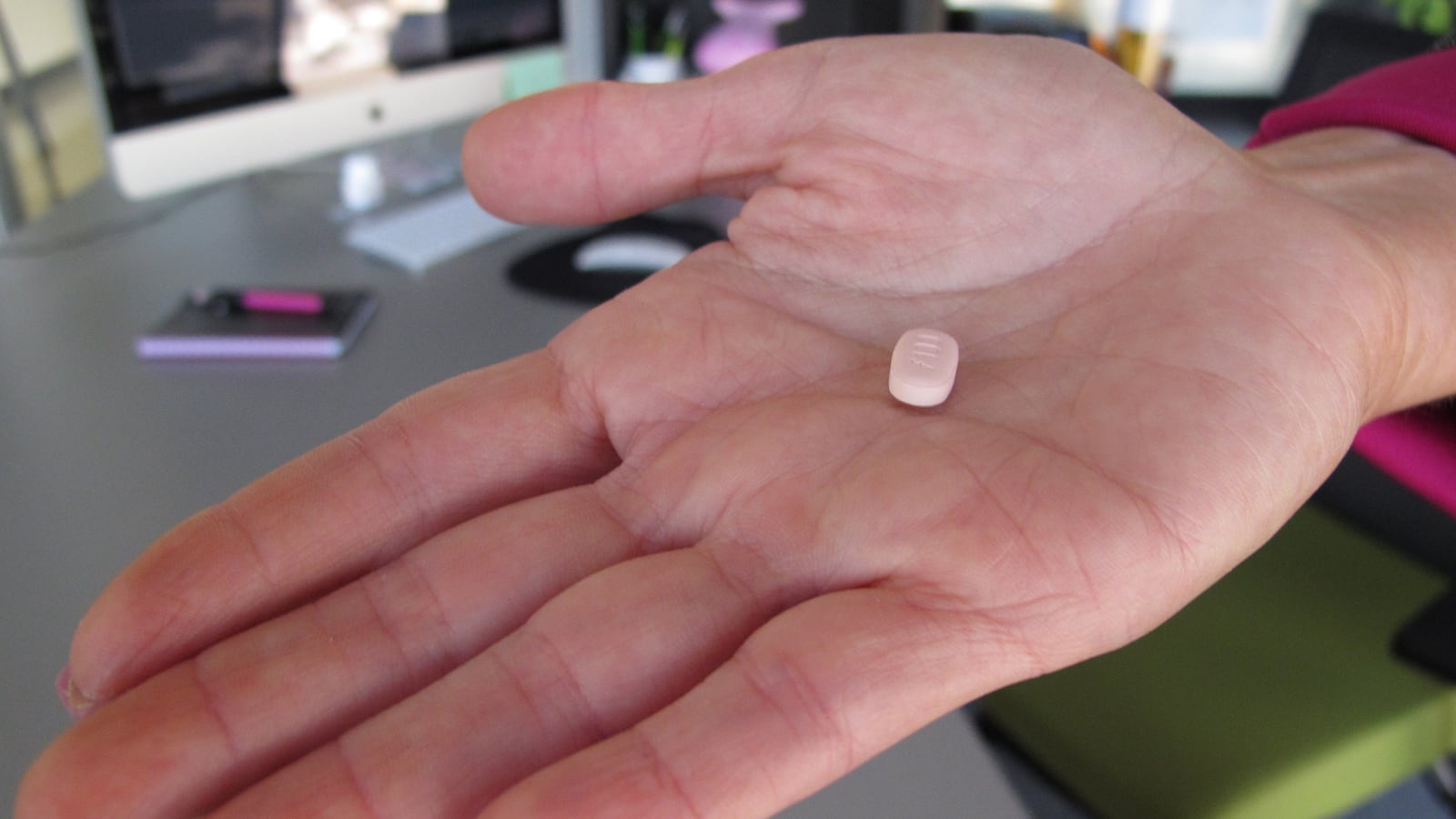Libido-boosting drugs are no longer just for men—but is the female version safe?
In a landmark decision this week, health experts approved “Pink Viagra,” (officially called flibanserin) with a vote of 18-6. The controversial pill has faced a string of rejections, two alone since 2010, stemming from fears that it poses health risks to users. This week it received backing on the proviso that its manufacturer develops a plan to reduce safety concerns, such as fainting and low blood pressure.
This latest appeal for the drug’s approval began in March, when 11 members of Congress wrote to the FDA voicing their support. It was a move welcomed by the women campaigning for its release and Sprout, the pharmaceutical company who picked it up four years ago after it was dropped by the initial developers.
Flibanserin’s first bid to pass through Congress was rejected unanimously following concerns that the health benefits failed to offset its possible dangers. The most recent FDA review of the case stated: “The fundamental question is whether these observed placebo-corrected treatment effects outweigh the risks associated with treatment.”
For the proponents of Even the Score, a campaign body set up to address the disparity in the availability of sexual dysfunction drugs, Thursday’s ruling is a major victory. Amanda Parrish, one of the group’s leading supporters, was among the women who gave testimony praising the effects of flibanserin ahead of the panel hearing. She hailed “female Viagra” as the savior of her marriage: “I want to want my husband, it is that simple,” said the mother of four. “For us, flibanserin is a relationship-saving and life-changing drug.
“I should be able to determine if flibanserin is worth the benefit of treatment.”
While the vote is nonbinding, it is expected that the drug will be officially approved in August following the recommendation by the expert panel.
The FDA has long been accused of gender bias over the lack of female-targeted libido heightening drugs given that several sexual performance-enhancing remedies for men have been increasingly available since the Viagra revolution in 1998. The little blue pill has proved to be a cash cow for its manufacturers, Pfizer, which made $1.9 billion in its sales in 2008 alone.
But a number of health experts have argued that while there needs to be a medically approved means of increasing women’s sex drive, flibanserin is not fit for the purpose. Unlike erectile dysfunction drugs, which perform the straightforward biological function of increasing blood flow, the process required to heighten female libido is more challenging, requiring a chemical change in the brain. The clinical trials, which involved 11,000 women, saw an extra 0.5-1 additional sexually satisfying events per month compared to those who took a placebo.
Critics have lambasted Sprout’s heavily funded PR campaign, which they believe has overshadowed the pill’s questionable effects in order to emulate Pfizer’s Viagra-induced financial success. “To approve this drug would set the worst kind of precedent,” said Dr. Adriane Fugh-Berman of Georgetown University, “that companies that spend enough money can force the FDA to approve useless and dangerous drugs.”
“We really know almost nothing about the actual clinical effects of using this product together with alcohol,” added Dr. Tobias Gerhard of Rutgers University. “We have some indication that there is clearly a concern from very small studies.”
For others, though, even a small advancement is worthy of recognition. “These are very modest results. But on the other hand, even modest results can make a lot of difference when you’re at a certain point in the clinical problem,” said Dr. Julia Heiman, a professor at the Kinsey Institute at Indiana University.
Indeed, while an average of one or fewer sexual encounters per month might seem like scant grounds upon which to risk the drug’s side effects, for many, even a small increase in intimacy could have the capacity to mend broken down romances that have faltered because of a diminished sex drive. “What a relationship-saving eight months that was,” Parrish said of her time taking flibanserin.
Katherine Campbell, who spoke at the panel’s hearing but had not yet taken part in a trial of the drug, told the hearing: “Today is my son’s first birthday, and I’m missing it because I am here desperately looking for help to recover what I have lost—a vital and beautiful part of my marriage. Critics say the improvement might only be modest, but, oh, what I would give for even a modest improvement.”
There is no doubt that the sexual issues of women deserve equal priority, but favoring a drug which raises serious health queries could set the cause back even further. Outside of the distracting glare of manufacturers’ megabucks publicity campaigns designed to exploit America’s predilection toward pills, the FDA must seriously consider whether flibanserin is the “female Viagra” women want and need.






